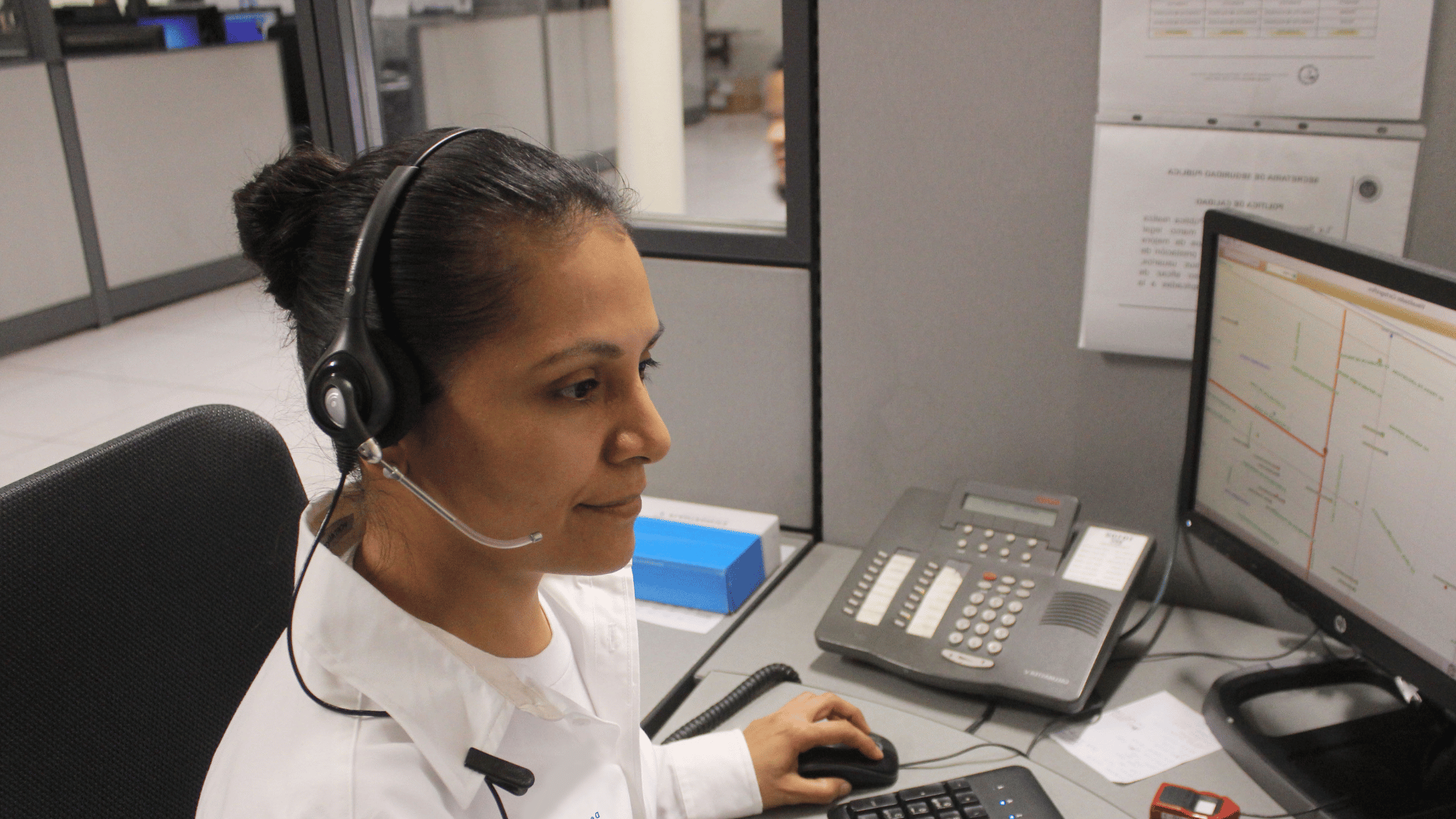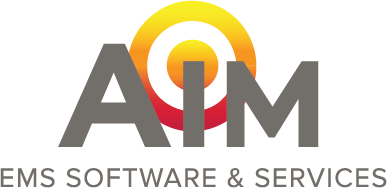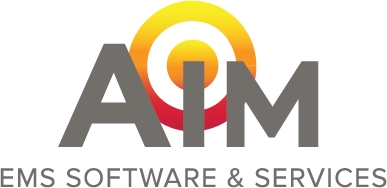
If you can’t keep claims reimbursements moving and cash flowing into your EMS agency, you’ll have a tough time keeping the doors open. It’s that simple.
Fortunately, several proven billing best practices can improve your revenue cycle management and ensure you have the cash to run your operation. Some are procedures that guide the work of EMS billers, whether your in-house billing team or outsourced billing services provider. Others are operational processes that directly impact how you bill for your services.
In AIM’s experience, these 6 best practices will have a significant impact on your cash flow.
1. Establish Good Call Intake and Dispatch Processes
It’s not an overstatement to say that EMS claims reimbursement begins with the call intake and dispatch process. The better the information your team collects upfront, the fewer hurdles you’ll encounter in getting reimbursed in a timely manner.
Consider setting up incident profiles that guide your team in collecting the information you’ll need for reimbursement, right at the time of call intake. Many dispatch software solutions enable you to create incident profiles for various scenarios, such as emergency, repetitive scheduled, non-repetitive scheduled, or non-emergency non-scheduled, among others.
Many other call intake and dispatch best practices will speed reimbursement and improve cash flow—including outlining how to handle non-emergency ambulance transports (which face greater scrutiny during claims review), how and when to obtain prior authorization first, how to handle discharges to hospice care (which requires unique scheduling protocols), and how to determine whether a wheelchair van transport is covered by insurance vs a self-pay situation.
2. Code Transports with Reimbursement in Mind
One of the unique aspects of EMS billing, as opposed to general medical billing, is the need to properly code origin and destination modifiers. Every ambulance claim must document the transport’s place of origin and destination using a two-character modifier—the first character representing the origin and the second the destination.
Using the right modifier helps prevent claim denials, ensures the payment amount is correct, and avoids the possibility of a refund request. While using the correct modifier might seem straightforward, it often is not. For example, a patient could be taken into a hospital facility to see a physician whose office is located on site, in which case the destination modifier would not be H for hospital. The Centers for Medicare and Medicaid (CMS) provide useful guidelines on identifying the correct origins and destinations.
3. Know How EMS Service Levels Impact Billing
During the billing coding process, the biller needs to ensure the provider’s credentials match up with the level of service performed. Otherwise, the claim could be delayed or denied.
To avoid these problems and improve cash flow, it’s important to confirm the correct EMS service level provided on the transport and ensure it meets the state’s certification requirements. Since each state varies in how it defines EMS service levels, it’s critical to stay current on those definitions.
Keep in mind that the EMS service level isn’t the only factor that impacts billing. For example, on an advanced life support (ALS) transport that involves cardiac monitoring, a licensed paramedic must be on board. However, the presence of a paramedic doesn’t automatically mean the trip was an ALS transport. It’s the level of care provided, not the provider’s EMS service level, that determines whether the transport is considered ALS or BLS (basic life support). And for transports involving an ALS assist, the claim submission needs to contain PCRs for both BLS and the ALS to be billed properly and paid timely.
4. Maintain Consistent & Complete Documentation
Proper documentation sets the stage for smooth EMS billing, avoiding denials or questions that delay reimbursement. Proving medical necessity is a prime example.
The PCR narrative is crucial in proving to the payer that an ambulance was a medical necessity because a private vehicle transport wasn’t feasible. For non-emergency transports, payers also require a signed Physician Certification Statement (PCS). It’s essential that the two documents are entirely consistent. For instance, if the PCS says the patient was confined to bed but the PCR narrative says they walked to the stretcher, the claim is likely to be rejected, slowing payment and hampering cash flow.
The completeness of your documentation is also critical for speeding reimbursement. If the PCR narrative states the patient is experiencing pain, there should be a corresponding numerical pain score. A combination of thorough initial training and periodic refreshers will help your operations team produce the complete, consistent documentation you need to bill transports accurately and keep cash flowing.
5. Handle Denials & Appeals Efficiently
No matter how many measures you take to avoid claim denials, they still happen occasionally. The faster and more efficiently you handle them, the better your cash flow.
First, it’s important to know each payer’s denial and appeals process. Some prefer you to submit a spreadsheet with the necessary details, while others are comfortable handling a claim resubmission by phone or ask that you resubmit the same claim form with updated information. When billers have an easy, efficient way to track each payer’s denial and appeals requirements, the process goes faster and smoother.
Next, establish policies for prioritizing denied claims. EMS billers typically focus on the critical task of billing transports as soon after the occurrence date as possible. But it’s equally vital to handle incoming denials quickly, providing the time and attention to bring them to closure. Establishing a policy that your billers should respond to a claim denial within a certain number of days is a good way to keep them from falling through the cracks and impacting cash flow.
6. Analyze your Accounts Receivable
The more your accounts receivable (AR) ages, the harder it is to cover operating expenses. Whether you handle your billing in-house or use an outsourced billing services provider, it’s important to analyze your AR and determine how to resolve debtor balances and get cash in the door faster.
For example, assess where most of your claims are coming from, whether Medicare, Medicaid, or a private payer, then keep a close eye on the largest accounts. Determine which payers have the oldest outstanding bills and largest balances, then prioritize those payers for follow-up.
Trust AIM for Billing Services that Improve Cash Flow
The EMS billing experts at AIM know how to speed reimbursement and improve revenue cycle management for EMS agencies—in fact, we’ve been doing it for decades. Our NAAC-certified billing specialists take a best practices approach to navigating the unique challenges of EMS billing, preventing errors that cause denials or rejections and keeping cash flowing.
When you partner with AIM for outsourced EMS billing services, we take the billing burden off your team’s shoulders so you can focus more time and attention on serving patients. You can be confident we’ll optimize every step in the EMS billing process to improve your revenue cycle management. And you’ll always enjoy exceptional service, delivered by a knowledgeable, responsive, passionate team that’s just as committed to your success as you are.
For EMS agencies that prefer to handle the billing function in-house, AIM helps you speed reimbursement and optimize revenue through our secure, cloud-based billing software. AIM billing software was purpose-built for EMS agencies, reflecting the nuances of your business and the obstacles you need to overcome to keep cash flowing.
Schedule a call with the EMS billing experts at AIM to learn how our outsourced billing services can improve your cash flow.



